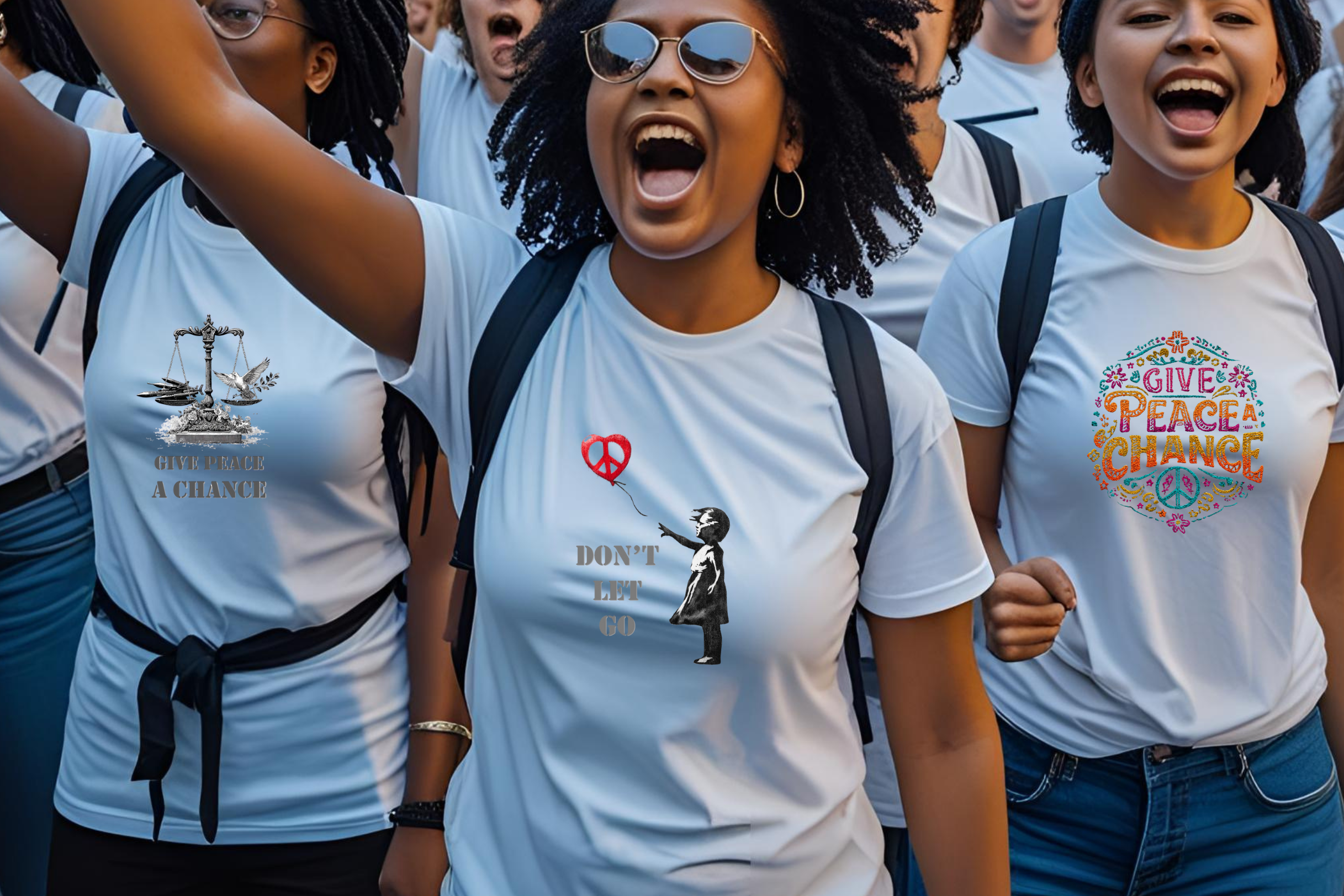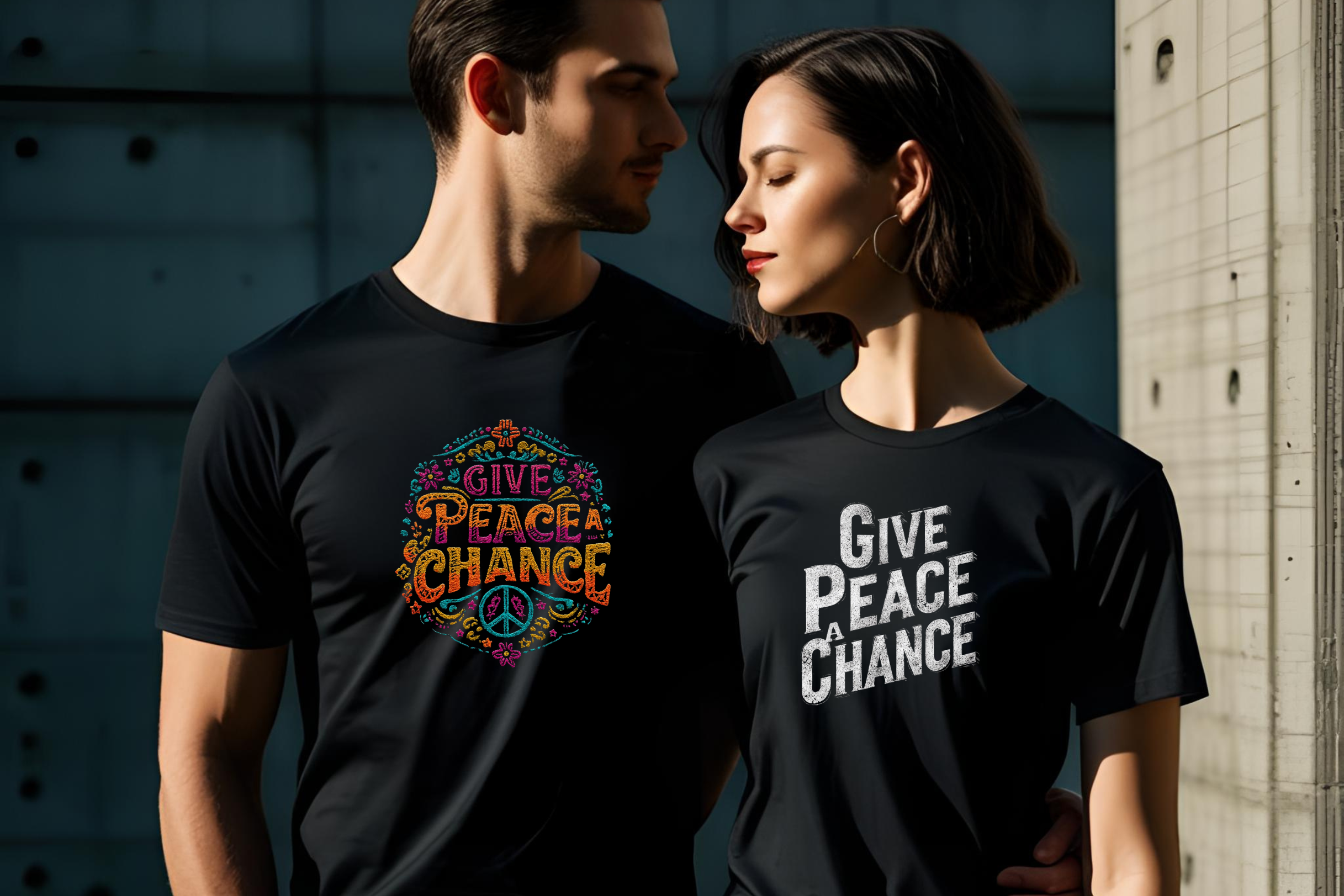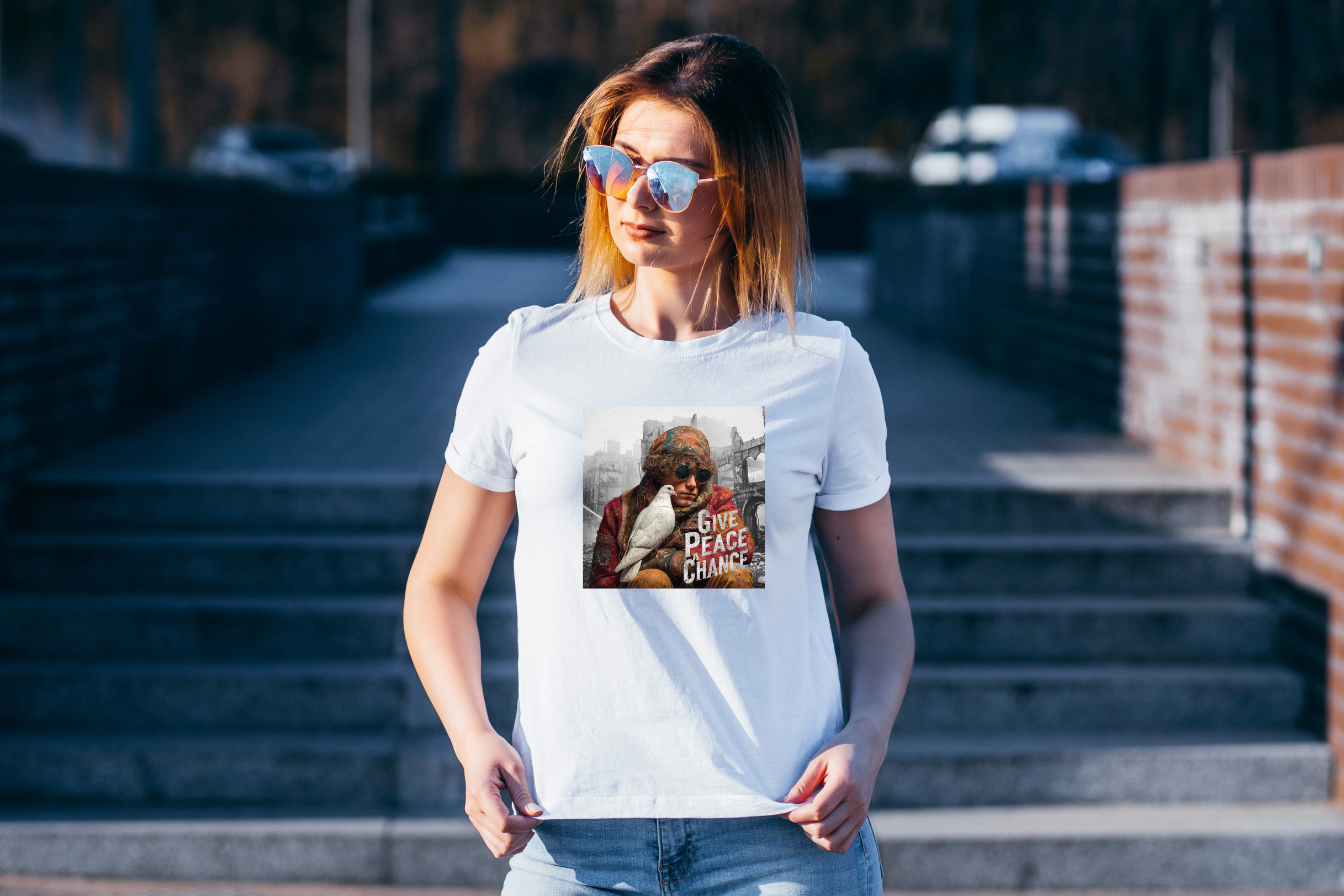
How Fashion Has Fueled the Anti-War Movement From the 60s to Today
When Fashion Becomes Protest
Fashion is more than fabric. It's identity. It's community. And when used with intention—it becomes resistance. For over 60 years, clothing has served as a canvas for protest and a catalyst for cultural change. In no movement is this truer than the anti-war movement.
From the flower-crowned marches of the 1960s to today’s streetwear slogans, activist clothing has played a powerful role in voicing opposition to conflict and war. In this post, we trace the rich protest fashion history that continues to shape the peace movement in the UK and around the world.
1. The 1960s: Flower Power & the Birth of Protest Fashion
✌️ Fashion Meets Peace
The 1960s saw the emergence of a global youth movement opposed to the Vietnam War. In the US and UK alike, students, musicians, and artists turned to clothing to express their resistance.
Signature Looks:
- Tie-dye shirts with peace signs
- Military jackets with anti-war patches
- Denim jeans, embroidered with protest slogans
- The iconic "Make Love Not War" mantra on badges and tees
Cultural Impact:
These styles weren’t just fashionable—they were symbolic. The hippie aesthetic became synonymous with peace, unity, and rebellion against the war machine.
🎵 2. Music, Movements & Military Surplus: 1970s–1980s
As the anti-war sentiment evolved, so did the fashion. The 70s brought punk to the streets and challenged not just war, but the systems that perpetuated it.
What Changed:
- Protest fashion grew angrier and more rebellious
- T-shirts now bore slogans like “No Future” or “End the Arms Race”
- Punks wore torn military garments in ironic defiance
In the UK, this period saw the rise of organisations like CND (Campaign for Nuclear Disarmament), whose peace symbol became one of the most enduring logos in activist history—found on necklaces, t-shirts, and jackets worn at protests from London to Liverpool.
🛑 3. The 1990s–2000s: Anti-War Fashion Enters the Mainstream
The Gulf War and Iraq War sparked fresh waves of protest across the globe. But something had changed: fashion brands and celebrities began to join the movement.
Trends from this era included:
- Mass-produced slogan tees (e.g., "Not in My Name")
- Designers referencing military styles in anti-military contexts
- Peace-themed runway collections by designers like Katharine Hamnett
Remember: Hamnett’s 1980s “58% Don’t Want Pershing” shirt made it all the way to Downing Street.
🌍 4. The 2010s–2020s: Wearable Protest in the Social Media Age
With the rise of digital activism, fashion became more visible, more viral, and more global than ever.
New Trends in Activist Clothing:
- Slogan tees shared across Instagram and TikTok
- Peace-themed capsule collections from ethical brands
- Protesters wearing handmade or screen-printed shirts at climate marches, anti-war vigils, and BLM events
- Designers using recycled and sustainable materials to align ethics with aesthetics
The resurgence of protest fashion during recent conflicts (Ukraine, Gaza, Syria) proves that the message on your chest can reach millions—especially in a 15-second Reel or viral post.
🇬🇧 5. The Peace Movement in the UK Today

The UK has a proud tradition of peace protest, from Aldermaston marches to Extinction Rebellion’s climate vigils. And fashion has been there every step of the way.
Modern UK Anti-War Fashion Features:
- Black and white solidarity tees
- Anti-war pins, tote bags, and patches
- Revival of the 1960s aesthetic with modern ethical materials
At Teezers.uk, we honour that tradition by offering activist clothing that reflects the spirit of peace and the power of protest. Every t-shirt we create is:
- 🌱 Ethically printed with vegan inks
- 🧵 Made from sustainable cotton
- 📦 Shipped in recyclable packaging
- ✊ Designed for voices that need to be heard
Explore our peace-driven collection:
👉 Shop Peace Collection Tees »
💬 6. Why Protest Fashion Still Matters
Protest is evolving—but clothing remains a powerful tool. Here's why:
- Visibility: It turns everyday life into a platform for awareness
- Solidarity: Wearing the same slogan as others creates community
- Legacy: Fashion creates cultural artefacts—snapshots of resistance
- Accessibility: You don’t need a megaphone to wear a message
Today’s youth are more politically aware and ethically conscious than ever. They want to support brands that reflect their values—not just their style.
🧵 Conclusion: Fashion as a Force for Peace
From tie-dye shirts in 1967 to ethically printed slogans in 2025, protest fashion has always stitched together identity, resistance, and hope. As the anti-war movement adapts to new conflicts and new challenges, so too does the clothing that supports it.
At Teezers.uk, we stand with the changemakers, the marchers, the teachers, and the creators who believe that peace is always worth wearing.


